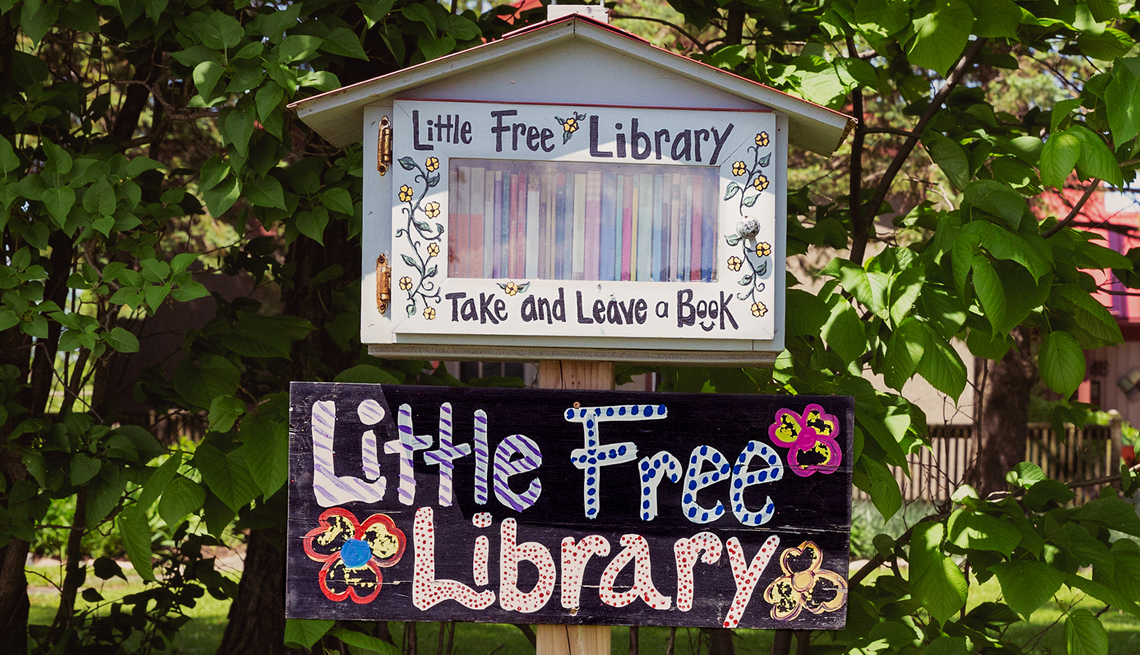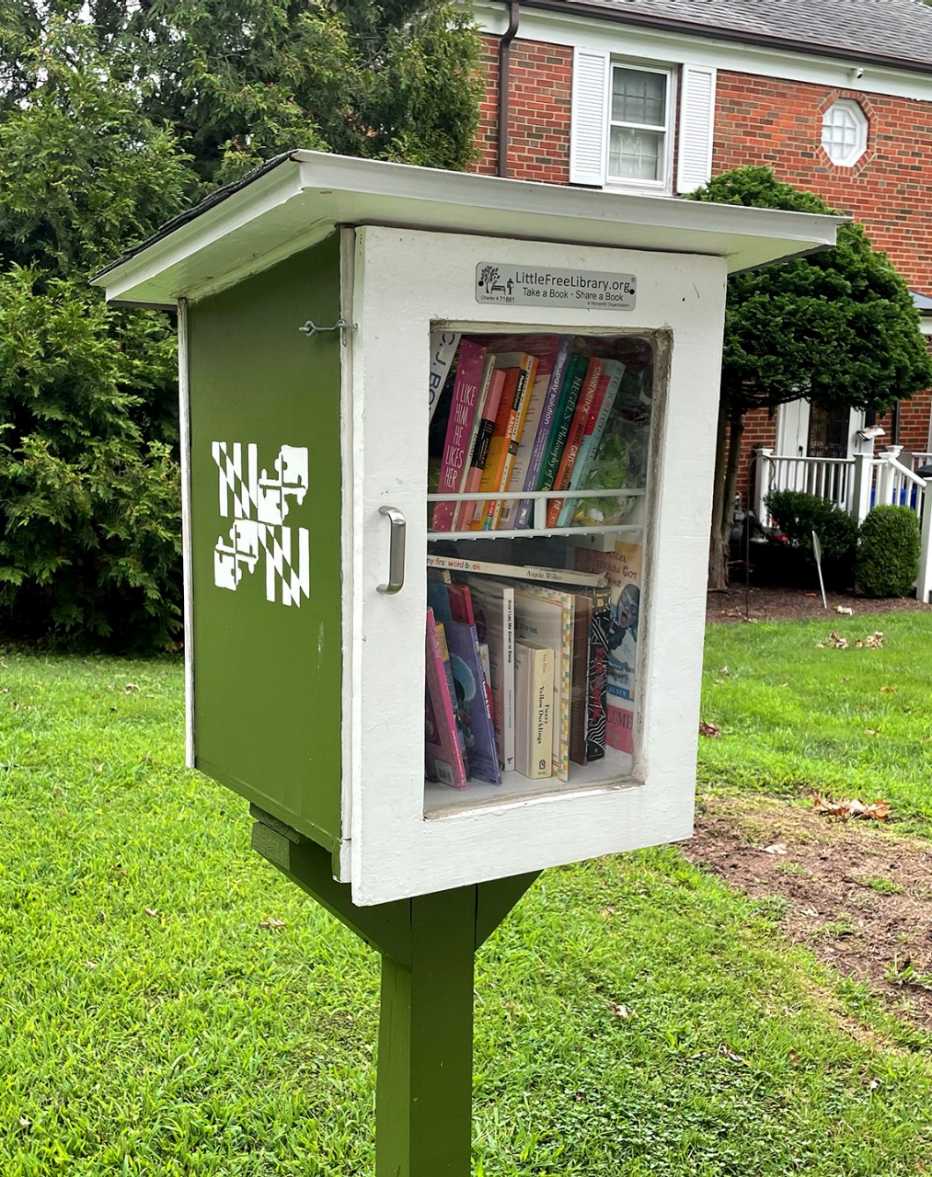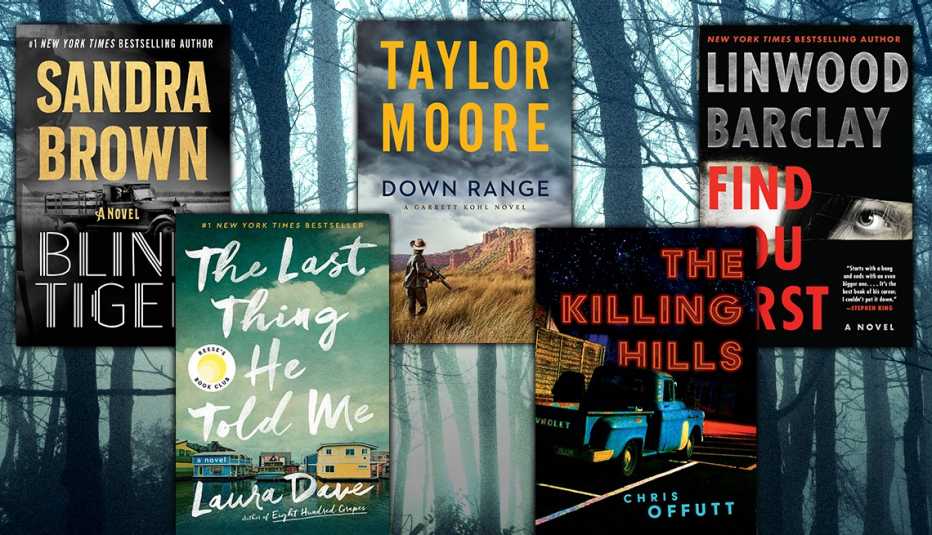AARP Hearing Center
Do you ever see those cabinet-style boxes on posts outside people's homes? They most likely contain books that anyone can take, to borrow or keep. Some call them little free libraries, and they are the most positive of trends: a good way to declutter your house while connecting with your neighborhood.
Although these altruistic efforts have been around for a little more than a decade now, they drew new attention during the COVID-19 pandemic, as people mostly kept to their neighborhoods and many community libraries and bookstores were closed.
Elizabeth Kelley, 60, of Silver Spring, Maryland, put up a little free library in her front yard in 2018, but she noticed an increase in visitors during the pandemic.
"I thought it was a good idea and that I could create a little bit of community with people sharing books,” says Kelley, a high school social studies teacher. “It's kind of like a book club where you don't have to have any of the conversation."
Kelley sometimes buys used books to put in her little free library, a green-and-white wooden box on a post on her front lawn. But just as often, people take books and also refill the library from their own collections. Most popular are children's books, which Kelley says she does have to replenish. The little library is a frequent stop-off point for neighbors on walks, parents out for a stroll with their children, and dog walkers.
Kelley sometimes decorates the library for the holidays; for Halloween, a skeleton reading a book was perched atop the box. During the pandemic she has stocked it with free homemade masks. Maintaining the structure, sorting through the books to place in the library and organizing the space take limited effort, she says, and the reward is big.
"It makes me happy,” Kelley says. “I'm a teacher and a reader, so I love the idea of sharing books with people.”





































































